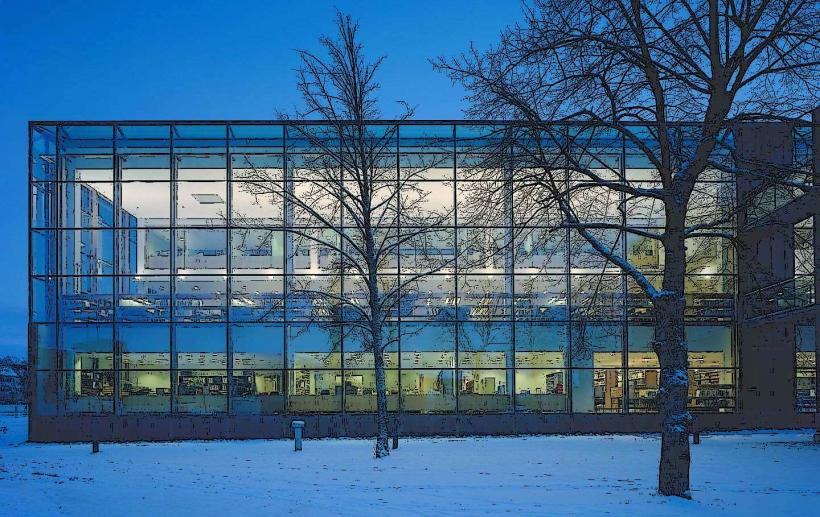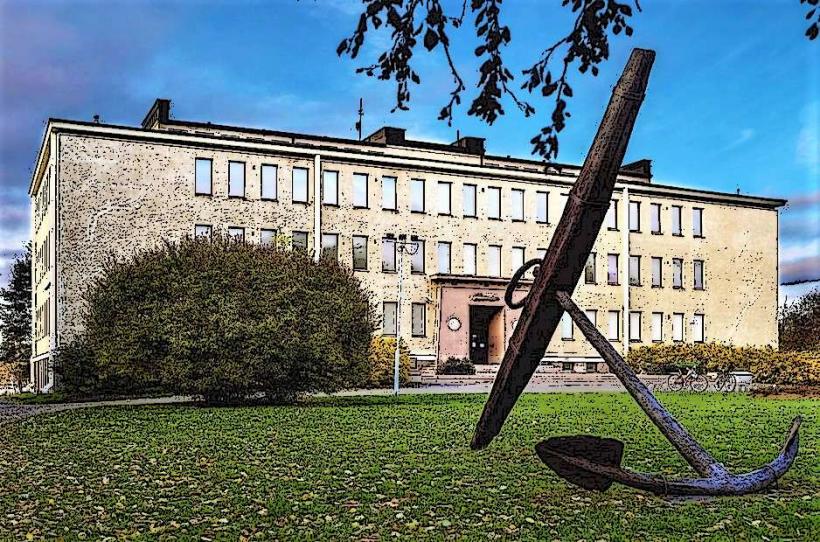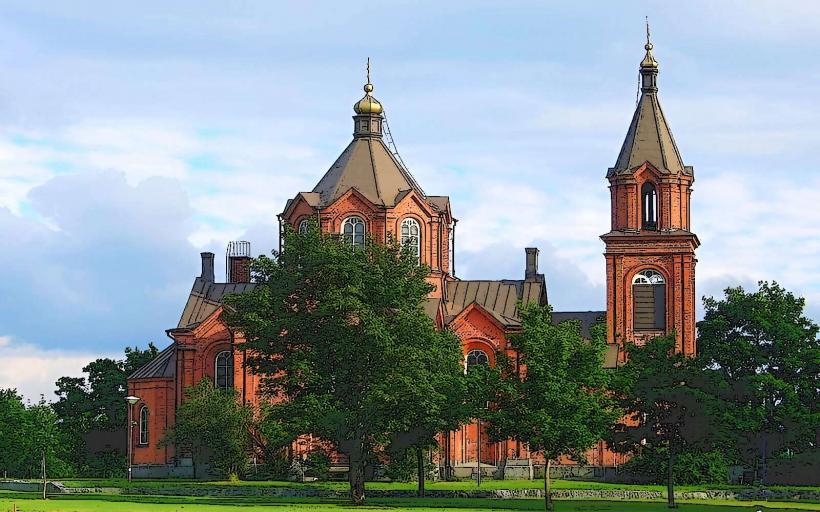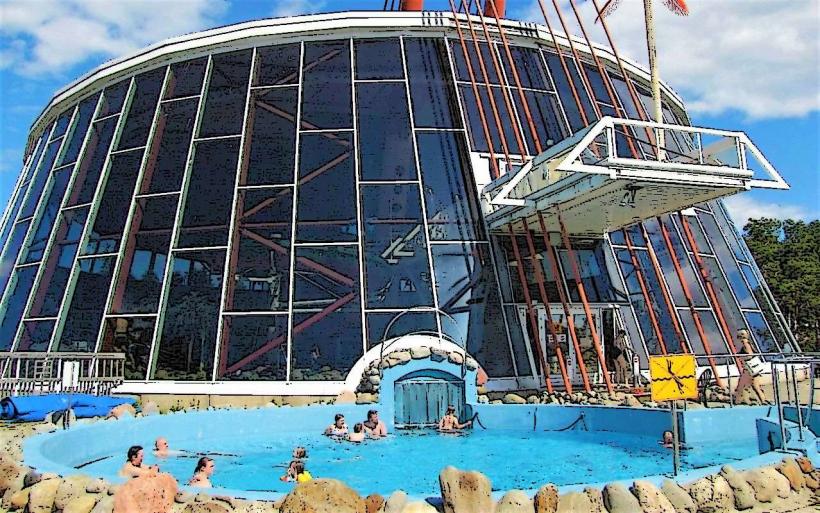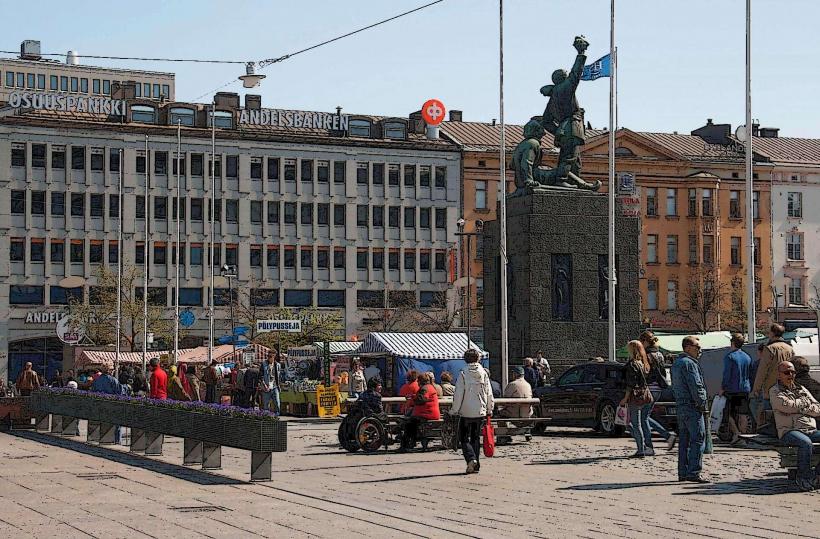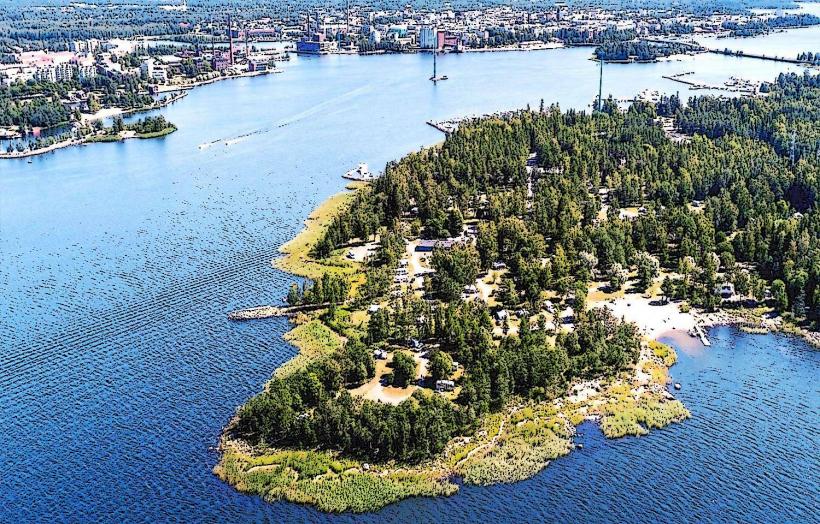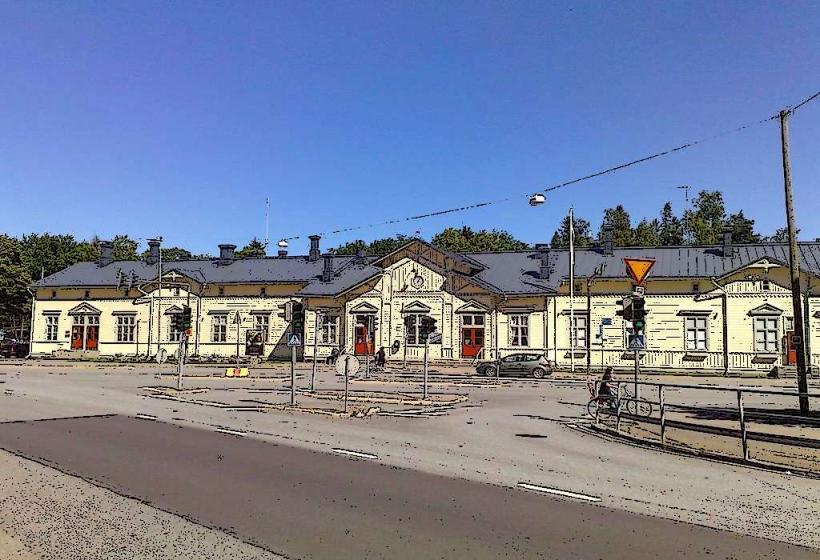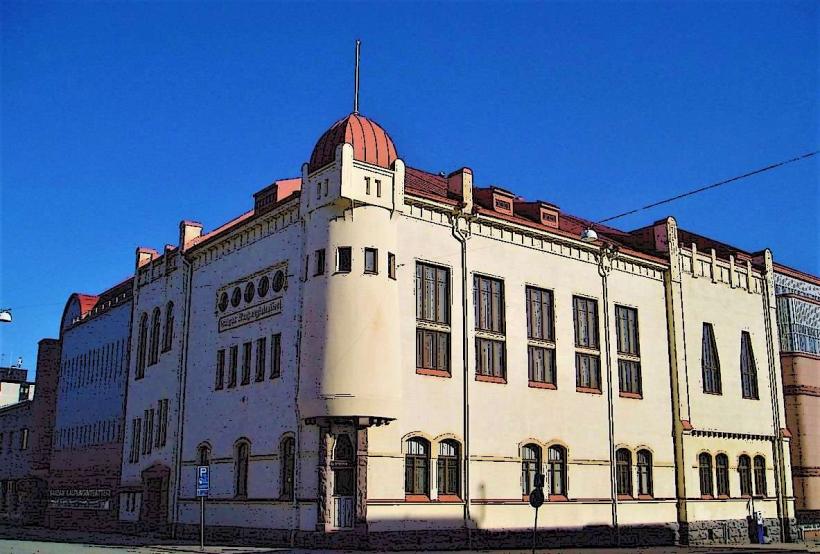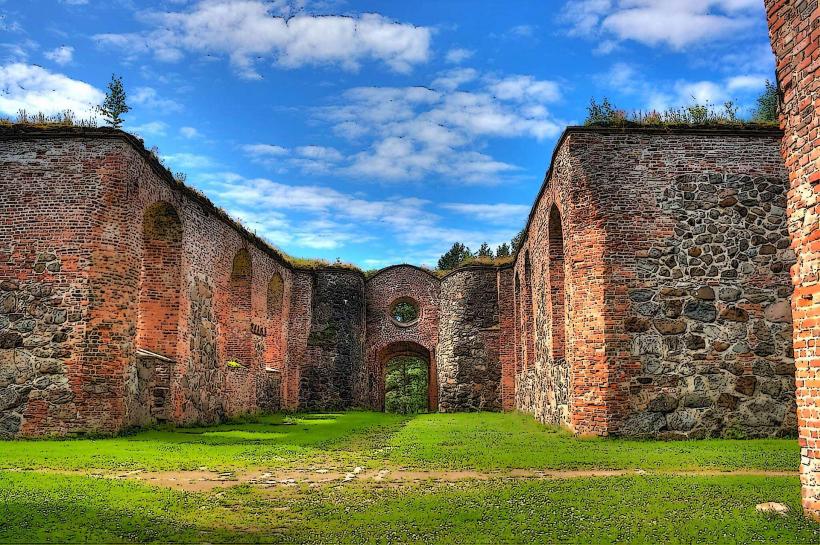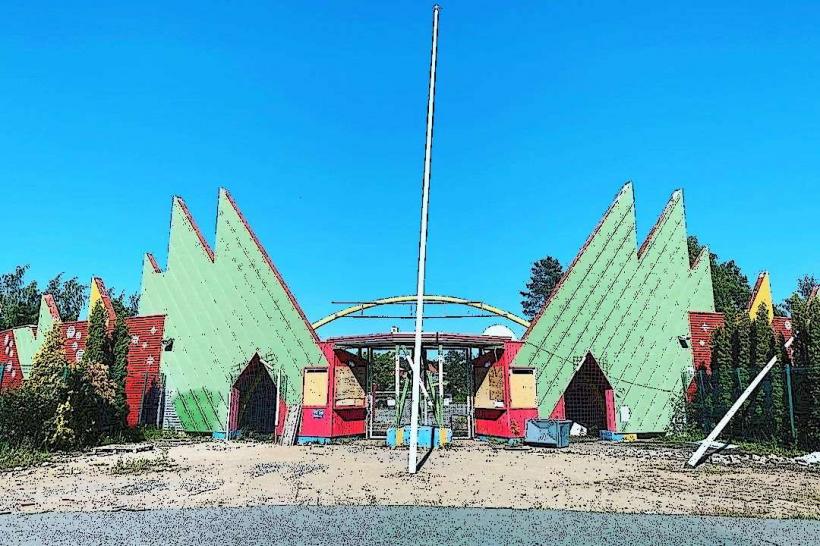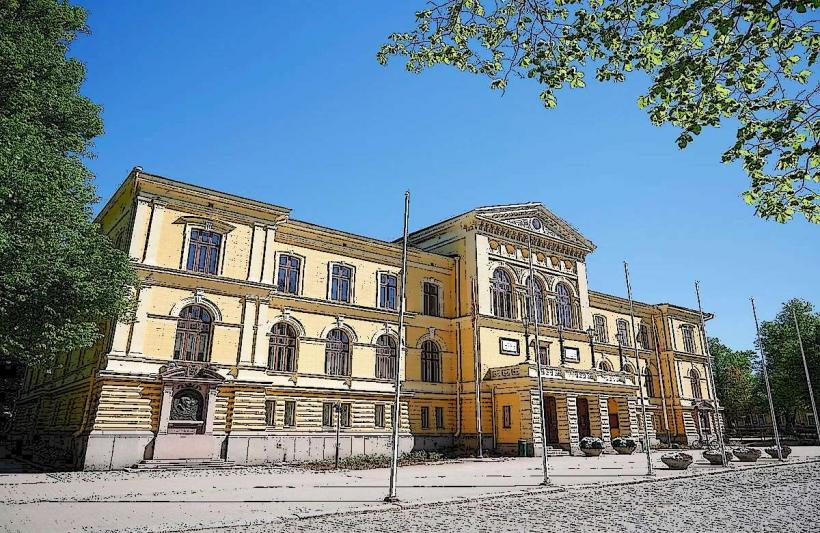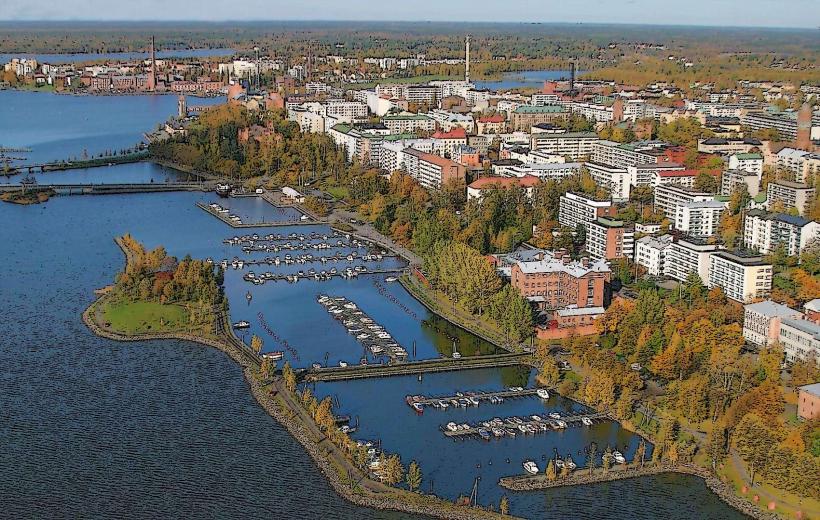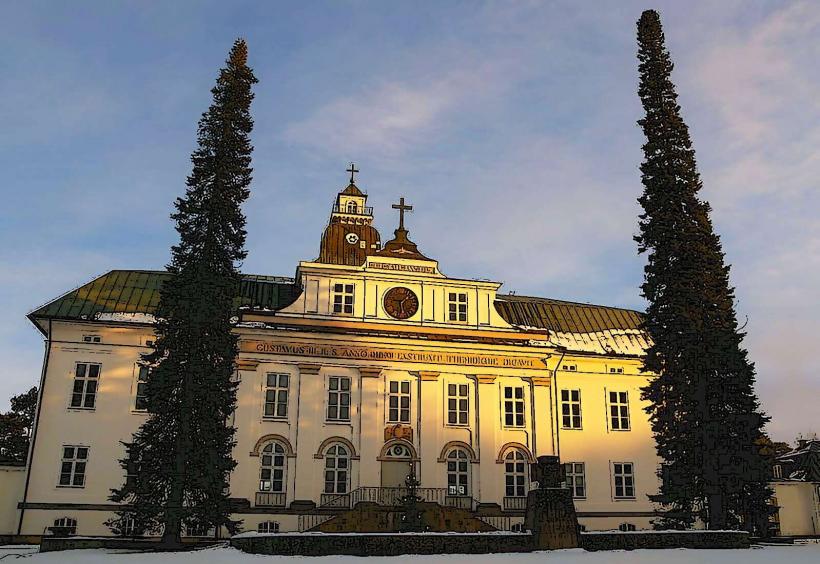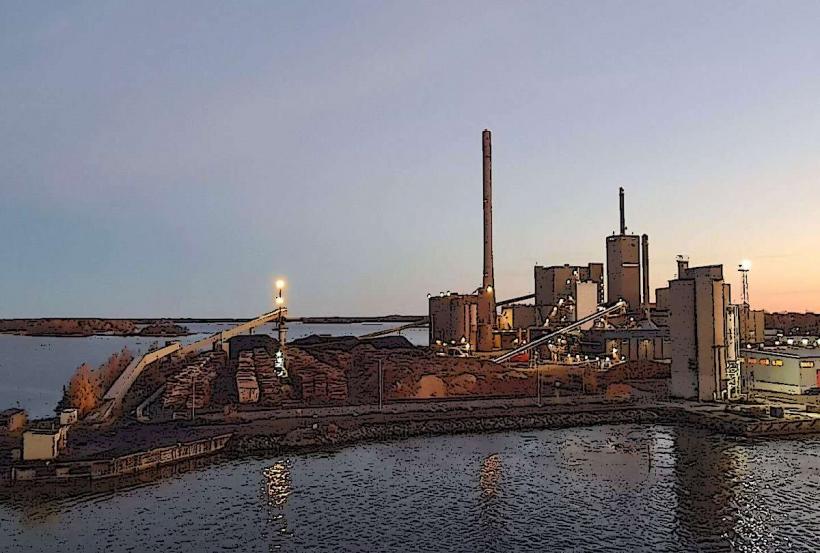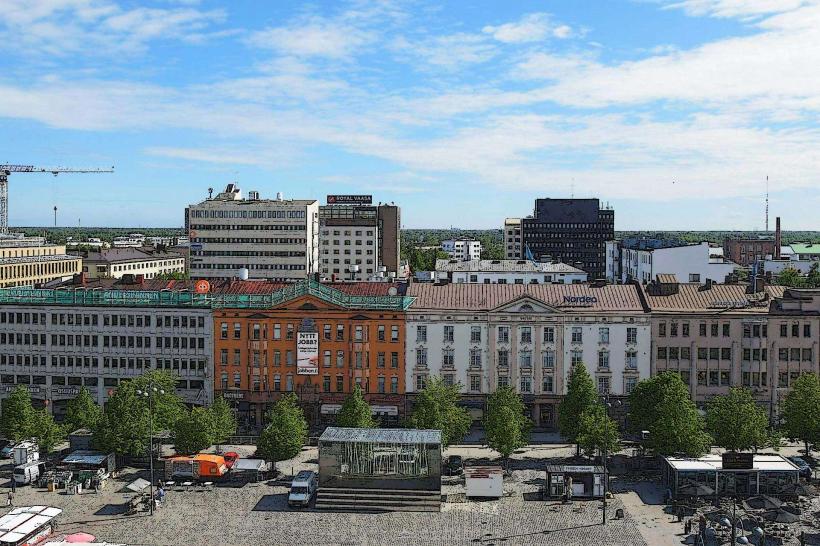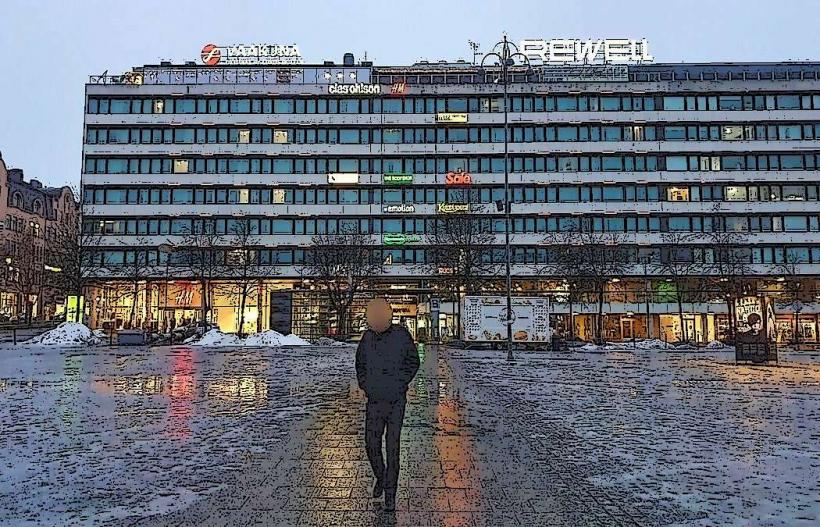Information
Landmark: Kvarken ArchipelagoCity: Vaasa
Country: Finland
Continent: Europe
The Kvarken Archipelago (or Merenkurkun saaristo) is a UNESCO World Heritage Site located in the Gulf of Bothnia, between Finland and Sweden. This stunning archipelago is known for its remarkable geological features, biodiversity, and cultural significance. The Kvarken Archipelago is one of the few places on Earth where visitors can witness the process of post-glacial rebound (land uplift) firsthand. Here’s a detailed look at this unique and beautiful region:
1. Geological Significance:
- The Kvarken Archipelago is a prime example of post-glacial rebound, a phenomenon in which the land is gradually rising as a result of the melting of the glaciers that covered northern Europe during the last Ice Age. The land rise in this region is particularly noticeable, with some areas rising at a rate of up to 8 millimeters per year.
- This geological process has led to the formation of skerries, small islands, and rock formations, creating a landscape that is constantly changing over time.
- The archipelago is one of the best places in the world to observe this natural process, with its combination of rocky outcrops, shallow waters, and unique landforms making it a key site for scientific research.
2. UNESCO World Heritage Status:
- The Kvarken Archipelago was designated as a UNESCO World Heritage Site in 2006 due to its exceptional natural beauty and the scientific value of its unique geological processes. It is one of the few locations in the world to be recognized for its land uplift phenomenon.
- The area’s inclusion on the World Heritage list highlights its importance not only as a natural wonder but also as a place that helps scientists understand the ongoing changes to Earth's surface after the Ice Age.
3. Location and Geography:
- The Kvarken Archipelago is located in the Gulf of Bothnia, the northern part of the Baltic Sea, and straddles the border between Finland and Sweden. The archipelago is situated off the coast of Vaasa in Finland and is part of the Northern Ostrobothnia region.
- The archipelago consists of over 20,000 islands, ranging from small rocky islets to larger islands that are home to settlements and communities. The islands are interconnected by both waterways and bridges.
- The largest islands in the archipelago include Replot, Björkö, and Vasikkasaari, which are easily accessible by ferry or boat from the mainland.
4. Biodiversity and Ecosystem:
- The Kvarken Archipelago is home to a rich variety of plant and animal species, many of which thrive in the unique environment created by the land uplift and the interaction between sea and land.
- The archipelago is an important bird migration route, attracting thousands of birds each year. Notable species include the whooper swan, greylag goose, and common eider. The area is also known for its rich marine life, including fish species like perch, pike, and salmon.
- The islands are covered with wetlands, meadows, and forests, providing habitats for numerous species of plants and animals. The relatively undisturbed nature of the area allows for a diverse and thriving ecosystem.
5. Recreation and Tourism:
- The Kvarken Archipelago is a popular destination for nature lovers and outdoor enthusiasts. The archipelago offers various activities, including hiking, birdwatching, fishing, boating, and kayaking.
- The area is particularly attractive in the summer months, when the weather is milder, and the islands become vibrant with life. Visitors can explore the archipelago’s natural beauty by taking boat trips between the islands or walking along the well-maintained trails.
- Several of the islands are home to charming villages and local cultural attractions, where visitors can learn about the region’s history and traditions.
6. Kvarken Archipelago National Park:
- The Kvarken Archipelago National Park was established in 1996 to protect the region’s unique landscapes, biodiversity, and natural heritage. The park covers an area of over 1000 square kilometers and includes both land and sea.
- The park is a haven for those interested in eco-tourism and sustainable travel, with numerous walking trails, information centers, and guided tours that provide insights into the area's ecological and geological significance.
- Replot Island is home to the visitor center of the Kvarken Archipelago National Park, where tourists can learn more about the geological history and the wildlife of the area. The center also organizes events and activities aimed at educating visitors about the natural environment.
7. Cultural Heritage:
- The Kvarken Archipelago is not only important for its natural features but also for its cultural heritage. The islands have been inhabited for thousands of years, and the archipelago has a long tradition of fishing, shipping, and agriculture.
- The region has a rich maritime history, with many historical buildings, lighthouses, and shipwrecks scattered across the islands. One of the most famous historical sites in the area is the Replot Bridge, the longest bridge in Finland, which connects the island of Replot to the mainland.
- Visitors can also explore traditional Finnish houses and seaside villages, where they can experience the simple, rural lifestyle that has characterized the region for centuries.
8. Access and Transport:
- The Kvarken Archipelago is easily accessible by ferry, boat, or car from Vaasa and other nearby coastal towns. There are regular ferry services that connect the mainland to several islands, including Replot, Björkö, and others.
- The Replot Bridge connects the island of Replot to the mainland, allowing for easy access by car and making it one of the main entry points to the archipelago.
Conclusion:
The Kvarken Archipelago is a stunning and unique region in the Gulf of Bothnia, recognized globally for its geological significance, natural beauty, and cultural heritage. Its diverse ecosystems, fascinating landscapes shaped by post-glacial rebound, and abundant opportunities for outdoor recreation make it a must-visit destination for nature lovers, historians, and those interested in the Earth’s natural processes. The region's inclusion as a UNESCO World Heritage Site underscores its global importance and appeal.

